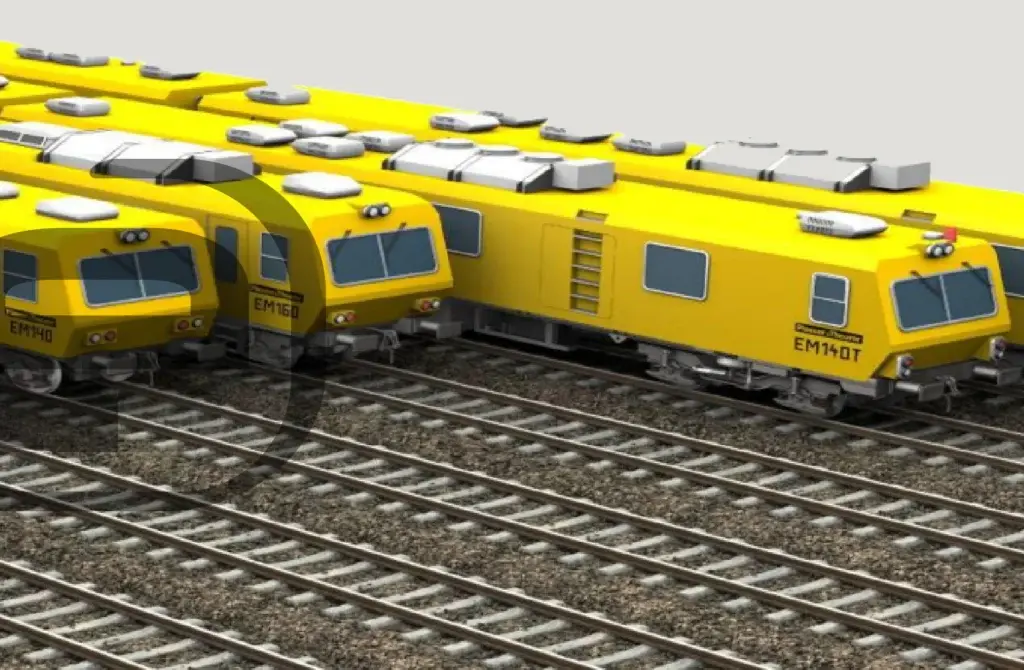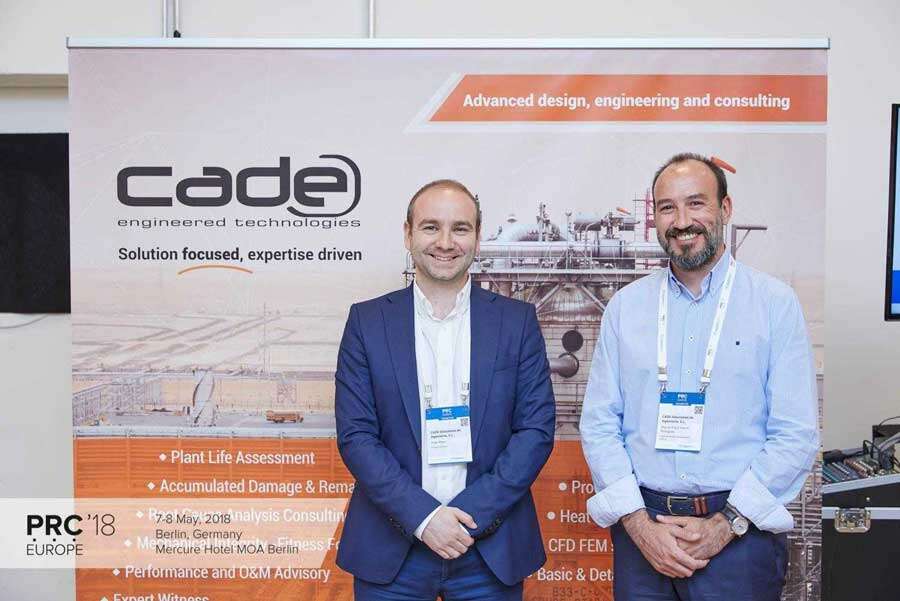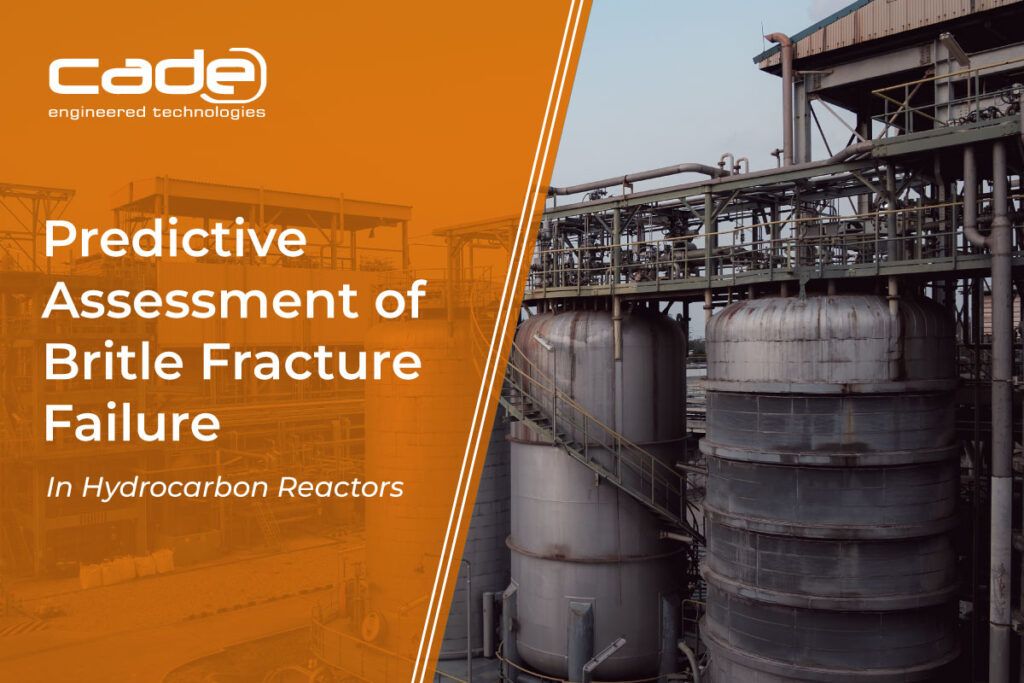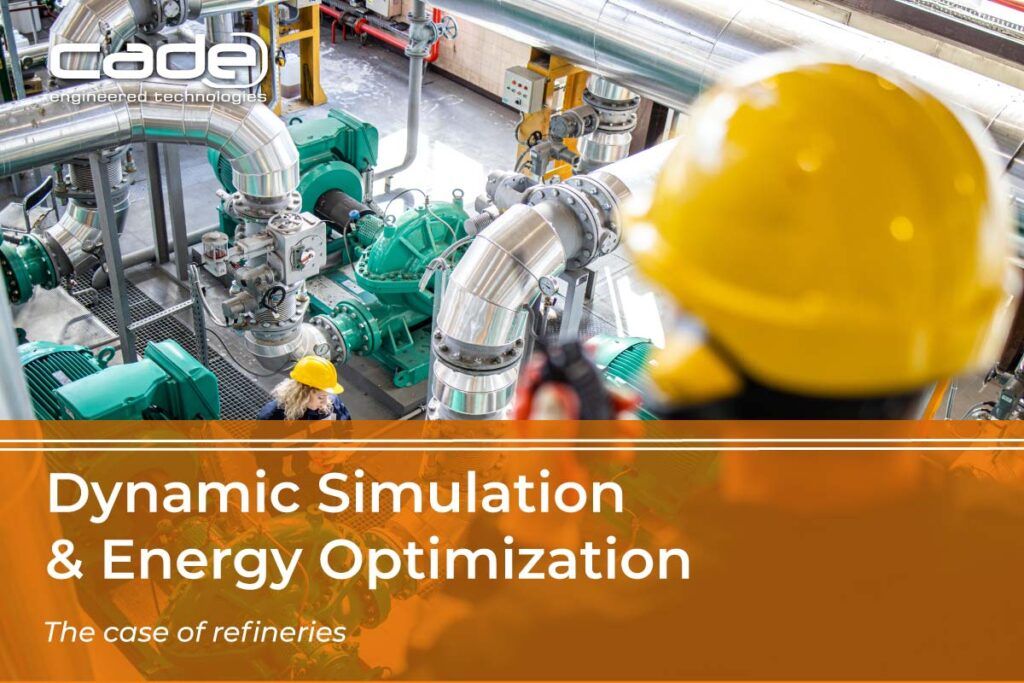
Structural simulation of railway rolling stock using finite element method analysis
ADVANTAGES OF INCORPORATING THE SUSPENSION SYSTEM TO THE FINITE ELEMENT MODEL
Thanks to all delegates, exhibitors and speakers of the Petrochemical and Refining Congress in Berlin (PRC Europe 2018) for such high quality attendance and papers. We had the pleasure of discussing about current trends on peformance and integrity management in refinery’s critic assets. CADE’s expertise and references on this matter aroused great interest among plant owners and operators, which allows us to consider the event as a resounding success.


The company received public funding from the Foreign Trade and Investment Institute of Castilla-La Mancha (IPEX) for the participation in the international fairs related to agricultural industry, facilities, industrial equipment and industrial products in 2018.

ADVANTAGES OF INCORPORATING THE SUSPENSION SYSTEM TO THE FINITE ELEMENT MODEL

In modern industry, worker safety is an absolute priority, especially in environments where heavy machinery is used in industrial production processes. These activities, essential for producing high-precision and quality components, carry inherent risks due to material fragmentation, such as splinters and part fragments. Ensuring a safe environment is not only

Modern industry demands efficiency, precision and speed, especially in the field of mechanical engineering and simulation. Automation has emerged as a crucial answer to these demands, and tools like Python and IronPython are leading this revolution, particularly in environments like ANSYS. In this post, we’ll explore why automation is essential

In the Oil & Gas industry, and in the particular case of hydrocarbon reactors, equipment subjected to high operating pressures and temperatures, the selection of the material is mainly oriented to the use of 2 1/4 Cr-1Mo steels due to the high performance of the material at a mechanical level,

Green hydrogen, produced by electrolysis of water, is a promising option for the transition to a more sustainable and decarbonised energy economy. In this process, electricity, ideally obtained from renewable sources such as solar photovoltaics, is used to break down water (H2O) into hydrogen (H2) and oxygen (O2). This hydrogen

In today’s competitive industrial environment, refineries are constantly looking for ways to improve their energy efficiency and reduce operating costs. Dynamic simulation and energy optimization are key tools that can lead to significant energy savings and more sustainable operation. Dynamic simulation refers to the use of mathematical and computational models
Albacete
Parque Científico y Tecnológico
Paseo de la Innovación 3, 02006 Albacete – España
Tel. +34 967 19 01 72
Av. Adeca, 55, 02007 Albacete
C/Raimundo Fernández Villaverde, 53 (Entreplanta) 28020. Madrid – España
Albacete
Parque Científico y Tecnológico
Paseo de la Innovación 3, 02006 Albacete – España
Tel. +34 967 19 01 72
C/Raimundo Fernández Villaverde, 53 (Entreplanta)
28020
Madrid – España